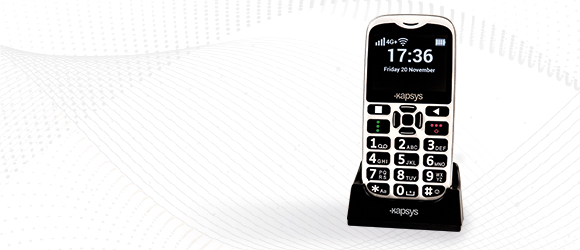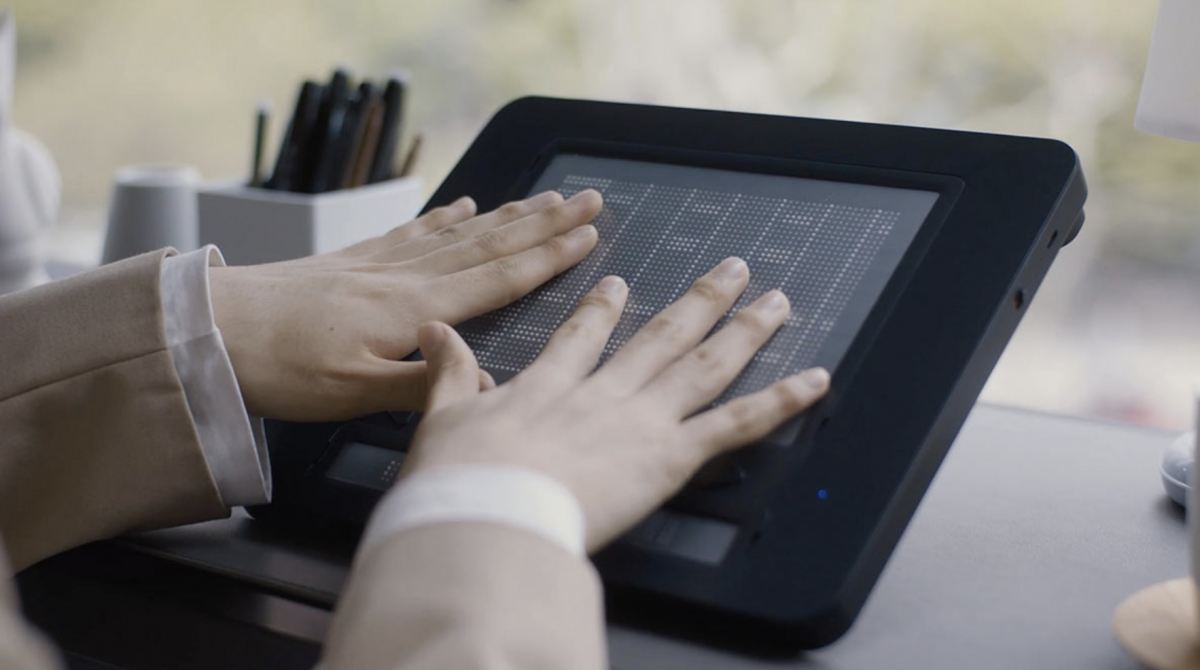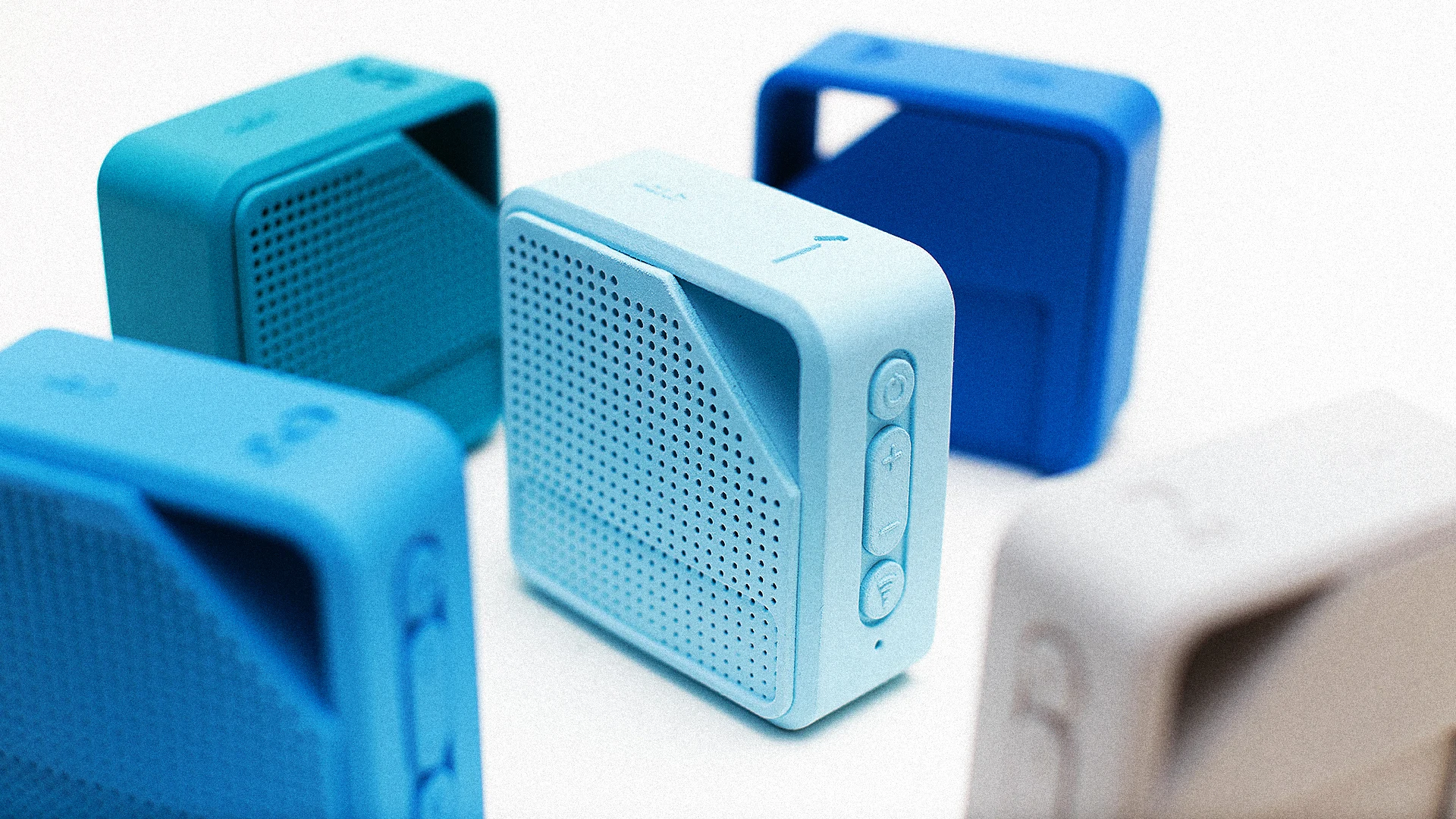AI-Powered Visual Aids: Enhancing Self-Reliance for Blind Users
AI-Powered Visual Aids: Enhancing Self-Reliance for Blind Users
Blog Article
Discover Cutting-edge Devices Designed for the Aesthetically Damaged
The advancement of ingenious devices for the aesthetically damaged stands for a significant improvement in availability and independence. Technologies such as smart glasses with AI capacities and mobile applications made to supply auditory summaries are improving daily experiences for users. In addition, wearable devices that employ haptic comments improve environmental awareness, while contemporary Braille developments use new methods to involve with text. As these devices continue to advance, their effect on the lives of those with aesthetic disabilities raises important inquiries regarding the future of inclusivity and autonomy in different aspects of life. What exists in advance in this technical landscape?
Smart Glasses for Navigating

Smart glasses designed for navigating are revolutionizing the way aesthetically impaired individuals connect with their environment. These sophisticated devices make use of a combination of electronic camera modern technology, artificial intelligence, and auditory comments to supply real-time details concerning environments. By utilizing barrier detection systems, smart glasses can inform customers to potential hazards, allowing much safer wheelchair in both unknown and acquainted settings.
The integration of GPS innovation further improves navigating capabilities, enabling customers to receive acoustic instructions as they move. This hands-free method not only cultivates freedom however also empowers aesthetically damaged individuals to navigate city landscapes with boosted confidence. In addition, lots of clever glasses are outfitted with features that identify sites and street indicators, supplying contextual information that enhances the user experience.
Furthermore, the advancement of these tools is continually progressing, with firms functioning to boost the precision of object recognition and broaden the series of navigational features. As smart glasses come to be much more accessible and economical, they hold the prospective to considerably transform day-to-day live for aesthetically damaged customers. Ultimately, these cutting-edge tools stand for a crucial action towards inclusivity, offering enhanced flexibility and a greater feeling of autonomy for people navigating the globe around them.

Mobile Apps for Daily Living
Exactly how can mobile applications improve the every day lives of aesthetically damaged individuals? Mobile apps are changing the means aesthetically impaired individuals navigate their environments, manage day-to-day jobs, and accessibility info. These applications give vital assistance with numerous functionalities, cultivating self-reliance and enhancing lifestyle.
A number of ingenious mobile applications are made especially for everyday living. As an example, applications like Be My Eyes link aesthetically impaired users with sighted volunteers through video phone calls, enabling them to receive real-time assistance with jobs such as checking out labels or navigating unfamiliar areas. Seeing AI, created by Microsoft, utilizes man-made intelligence to describe surroundings, read message, and identify things, properly changing a smart device into an effective tool for daily assistance.
Furthermore, navigation applications customized for the visually damaged, such as Aira and BlindSquare, offer audio-based directions and ecological info, allowing users to traverse their environments securely and confidently. Beyond navigating and instant assistance, mobile applications likewise sustain company and task monitoring, with attributes that help users establish pointers, produce to-do checklists, and track appointments. In summary, mobile applications act as important sources, empowering visually damaged people to lead even more independent and meeting lives.
Wearable Technologies for Aid
Empowerment with modern technology is significantly evident in the realm of wearable gadgets created to help aesthetically impaired individuals. These ingenious devices incorporate flawlessly into day-to-day live, enhancing navigation and offering necessary responses to customers. Smart glasses geared up with video cameras can read and acknowledge faces message aloud, permitting users to interact more with confidence in social and specialist settings.
Another noteworthy development is using haptic feedback systems in wearable devices. These systems utilize resonances or various other responsive signals to communicate information concerning the customer's click for more atmosphere, such as barriers or modifications in surface, boosting flexibility and safety and security. Wearable modern technologies likewise include wristbands that attach to smartphones, notifying individuals to notices through refined resonances, therefore improving connection without reliance on aesthetic cues.
As these innovations remain to progress, they are not only boosting self-reliance for visually damaged people but also cultivating a higher sense of incorporation in culture. By linking the space between challenges encountered in everyday living and the potential for autonomy, wearable modern technologies offer as critical tools in the pursuit for equality and empowerment for those with aesthetic disabilities.
Audio Description Devices
Audio summary tools play an important role in boosting access for aesthetically impaired people, offering them with the capacity to involve with visual media. Voice-activated assistive devices. These devices provide narrated summaries of crucial visual components in films, television shows, and live efficiencies, making certain that users can completely comprehend the context and emotions communicated with visuals
Sound summary can be incorporated into different systems, including streaming services, cinema eye exam prescription testings, and live movie theater. Several prominent streaming services now include audio description as an accessibility feature, allowing audiences to choose it conveniently. Along with mainstream media, specialized applications also exist, supplying audio summaries for art exhibitions, museums, and various other social occasions.
The effectiveness of audio summary rests on the ability of the storytellers, that have to convey visual information succinctly without diminishing the initial sound. Technologies in this area are additionally leading the way for even more tailored experiences, where customers can readjust the level of detail and pacing according to their preferences.
Braille Innovations and Instruments
Braille advancements and devices have actually significantly changed the method visually impaired people interact with message and information. Modern improvements have caused the growth of versatile devices that boost literacy and freedom amongst individuals. Especially, Braille present technologies have actually evolved, permitting dynamic analysis experiences. These tools transform electronic text right into Braille, enabling customers to access a huge array of information on mobile phones, computer systems, and tablets.
In addition, portable Braille notetakers incorporate standard Braille input with modern functionalities, assisting in note-taking, organizing, and document modifying on the move. Speech-to-text devices for low vision. These compact tools commonly feature text-to-speech capacities, connecting the gap between Braille and auditory info
Additionally, cutting-edge Braille printers have arised, allowing individuals to generate Braille labels, records, and academic products effectively. This availability promotes better participation in specialist and educational environments, inevitably advertising inclusivity.
In addition, research into wise Braille modern technologies proceeds to increase. Gadgets that include fabricated knowledge are being explored to provide real-time navigating help and contextual info, enhancing the user experience in varied settings. Generally, these developments reflect a dedication to encouraging visually damaged individuals with modern technology, guaranteeing they can quickly accessibility and engage with the globe around them.

Verdict
The improvement of ingenious tools for the aesthetically damaged considerably improves self-reliance and lifestyle. Smart glasses, mobile applications, wearable technologies, audio description devices, and Braille innovations collectively equip people by supplying crucial navigating help, environmental awareness, and improved analysis experiences. These technologies not only foster higher inclusion yet also promote autonomy in everyday tasks, ultimately contributing to important link a more obtainable and fair society for visually damaged individuals. Proceeded advancement in this area holds guarantee for more enhancements.
As wise glasses become more available and budget-friendly, they hold the possible to substantially change day-to-day life for visually damaged individuals. Mobile apps are reinventing the method visually impaired customers browse their settings, take care of day-to-day jobs, and accessibility details. Applications like Be My Eyes link aesthetically impaired users with sighted volunteers by means of video clip phone calls, enabling them to receive real-time assistance with tasks such as checking out labels or browsing unfamiliar areas.In addition, navigating apps customized for the aesthetically impaired, such as Aira and BlindSquare, provide audio-based instructions and ecological details, allowing users to traverse their surroundings securely and confidently.The advancement of cutting-edge tools for the visually impaired dramatically boosts independence and high quality of life.
Report this page